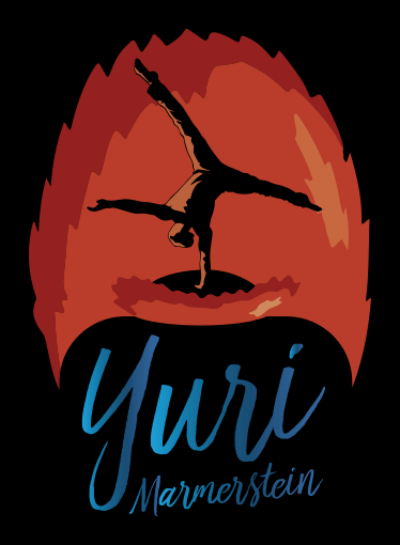This is a topic I think about a lot when teaching, especially when thinking of how to present the material to a group of beginners, initiated, advanced students, or a mixed group.
It's an important question to ask prior to working with a group you don't know.
How much do they already know about the subject?
Beginners likely know little about the subject, so they will benefit more from information. They won't be able to appreciate some of the subtleties of perspective at this point in their journey.
Experienced students are probably familiar with the information, so they can benefit more from hearing a different perspective on the subject. This will allow them to broaden their understanding and take the concepts back into their practice.
When working with a mixed group, it's important to find a good balance of both so the appropriate students can be challenged, and others not overwhelmed or confused.
Here's an example with regards to handstands:
Information:
-"When performing a handstand, you should focus on pushing up through your shoulders. This helps create the structure to keep you stable and builds good habits for the future."
Beginner: "Thanks! I didn't know that, but it's very helpful. I will focus on pushing"
Advanced: "Yeah, of course I know that. Every coach says that. Tell me something I don't know."
Perspective:
-"Here are several ways that you can arrange your shoulders in a handstand depending on your body type, flexibility/strength levels, and skill you wish to perform."
Advanced: "That's cool, I never actually thought about it that way. That gives me something new to play with and another teaching technique I can use with my students."
Beginners: "Huh?
One more note is that information is easier to present. It can be a simple matter of memorization and regurgitation. Perspective can't be faked and is acquired through experience. Information is how and what, perspective is why. A good "why" makes the how and what more potent.
As always, just sharing my own perspective. I think as a teacher it's important to think about not only what you're teaching, but the reasoning behind it. Also important is getting a beat on how much of each your students will understand and appreciate.
